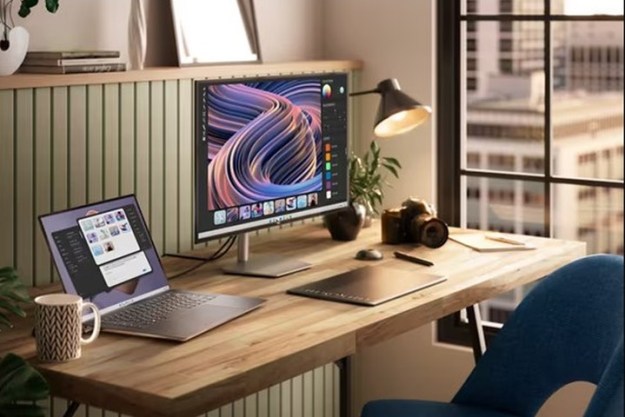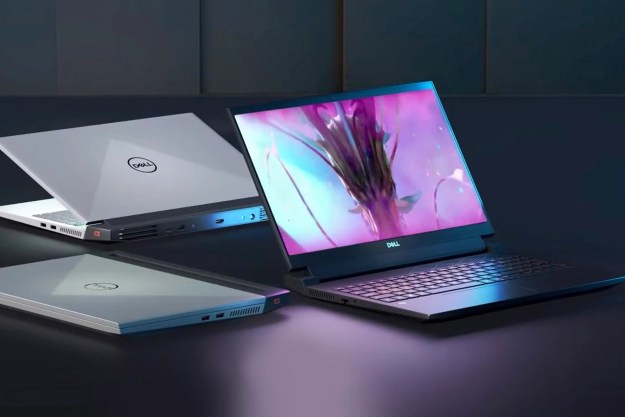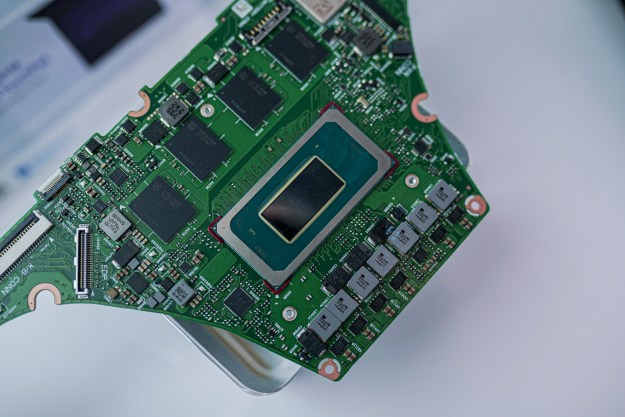During Intel’s press conference that took place at Computex 2016 on Tuesday, the company revealed that production of processors based on its Apollo Lake and Kaby Lake platforms has already begun, and that the company is shooting to release products to the market later this quarter. Intel also revealed that its Optane memory technology is on track to be released by the end of the year.
As previously reported, the Apollo Lake processors are expected to arrive sometime after the second quarter of 2016. This platform was originally introduced during the Intel Developer Forum conference in April, promising better performance and graphics in the company’s Celeron and Pentium processors when compared to the previous generation. Apollo Lake promises lower power consumption too for a longer battery life in low-cost laptops and desktops slated to arrive later this year.
That said, Apollo Lake is Intel’s next-generation “value” platform, so its performance won’t be great. Expect to see it in entry-level tablets, affordable notebook, and some Chromebooks.
However, Intel’s seventh generation “Kaby Lake” platform is the company’s successor to its sixth generation Core “Skylake” processor family, based on 14nm process technology and supporting LGA 1151 socket. Kaby Lake has native USB 3.1 support, native HDCP 2.2 support, native Thunderbolt 3 support, and a thermal design power of up to 95 watts. A typical desktop processor will sport four cores and support Intel’s Optane technology.
As for Optane, this brand is based on a non-volatile memory technology called 3D XPoint (pronounced 3D Cross Point). Optane was originally announced back in July 2015, and the company just recently showed this technology at work in a demonstration during the Intel Developer Forum conference. A desktop seated on stage contained one Optane SSD inside and an external Optane SSD connected by way of a Thunderbolt 3 port, and managed to move 26GB of data from the internal to the external drive at 1.94GB per second. A second machine with standard NAND-based SSDs could only move data at a slower 287MB per second.
Finally, the company launched the Intel Xeon Processor E3-1500 v5 family of CPUs, consisting of three chips optimized for data center graphics (E3-1585 v5, E3-1585L v5, and E3-1565L v5), and two chips optimized for media processing in the network (E3-1578L v5 and E3-1558L v5). Based on Intel’s “Skylake” microarchitecture, all five processors have a very low TDP, ranging from 35 watts to 65 watts. The three data center processors have base clock speeds of 3.5GHz, 3GHz, and 2.5GHz while the two network processors have base clock speeds of 2GHz and 1.9GHz, respectively.
Shew. That’s a lot of numbers. Put simply, these chips are focused on providing umph for creative content professionals who want to manipulate large volumes of video data. To provide an example, Intel streamed a 360 video in real time from New York, reportedly on the Xeon E3-1500 v5.
None of these announcements are shocking, but they provide confirmation that Intel’s advancing at the pace it’d suggested earlier in the year. If all goes according to plan, we’ll probably see the full reveal of Apollo and Kaby Lake at Intel’s IDF 2016 conference, hosted August 16th through 18th.




